Affiliate links on Android Authority may earn us a commission. Learn more.
ARM announces G51: Second GPU based on Bifrost architecture
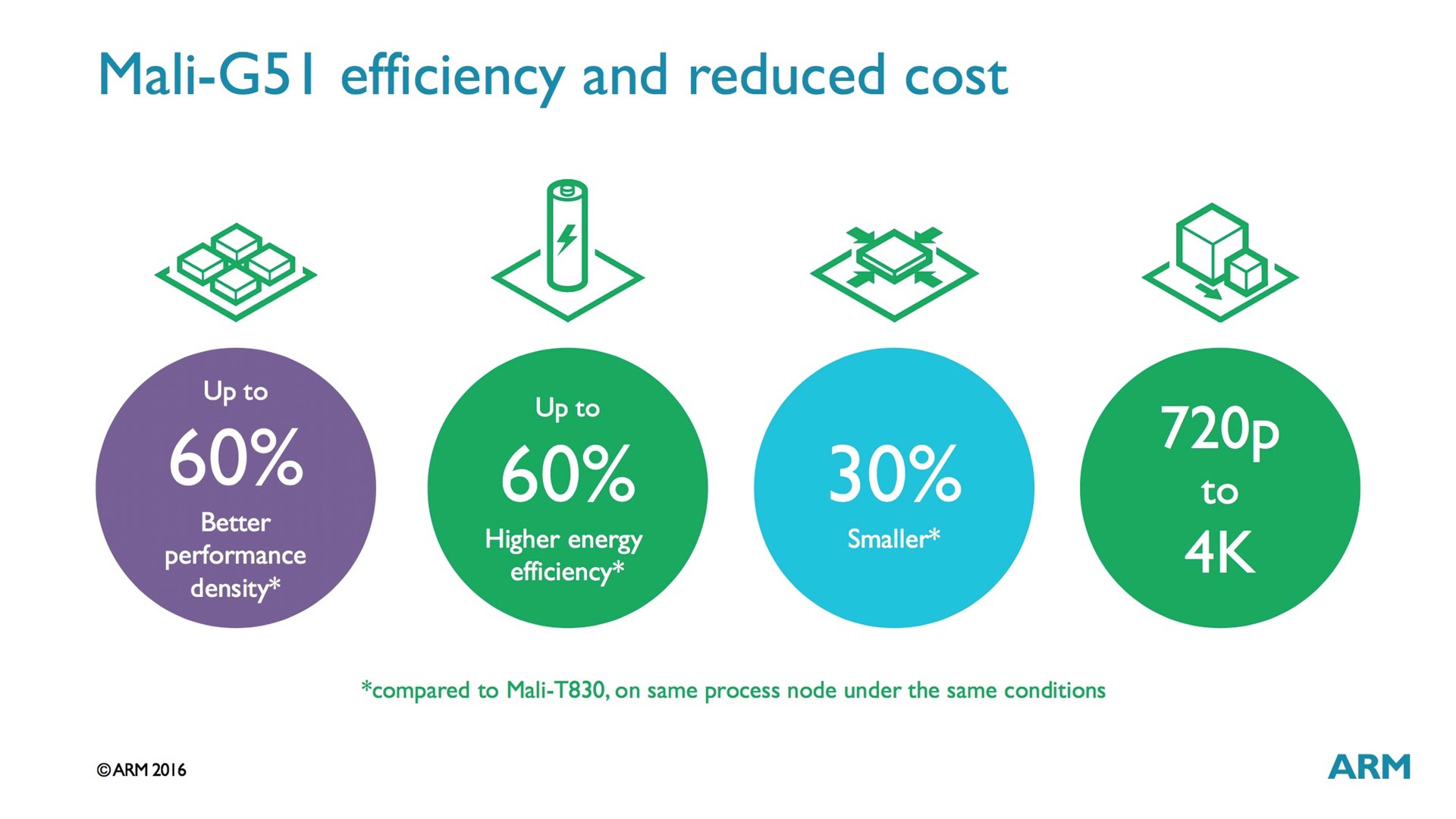
ARM unveiled the technical specifics of its new Bifrost GPU architecture earlier this year, along with details of its first GPU to use that new architecture – the Mali-G71. Since then we have seen the Mali-G71 make its way into SoCs like the Kirin 960. The Mali-G71 is aimed at the high-end of the mobile GPU market, but that left a gap for chip makers who wanted to move to Bifrost (and its native support Vulkan) but needed a GPU for mid-range phones. ARM has now plugged this gap with the release of the Mali-G51.
Before I get into the specific details of the Mali-G51, here is a quick refresher about Bifrost. ARM’s mobile GPU products have been through two previous major architectural revisions. First came Utgard, which supported OpenGL ES 2.0 and was used for GPUs like the Mali-400, Mali-470 etc.
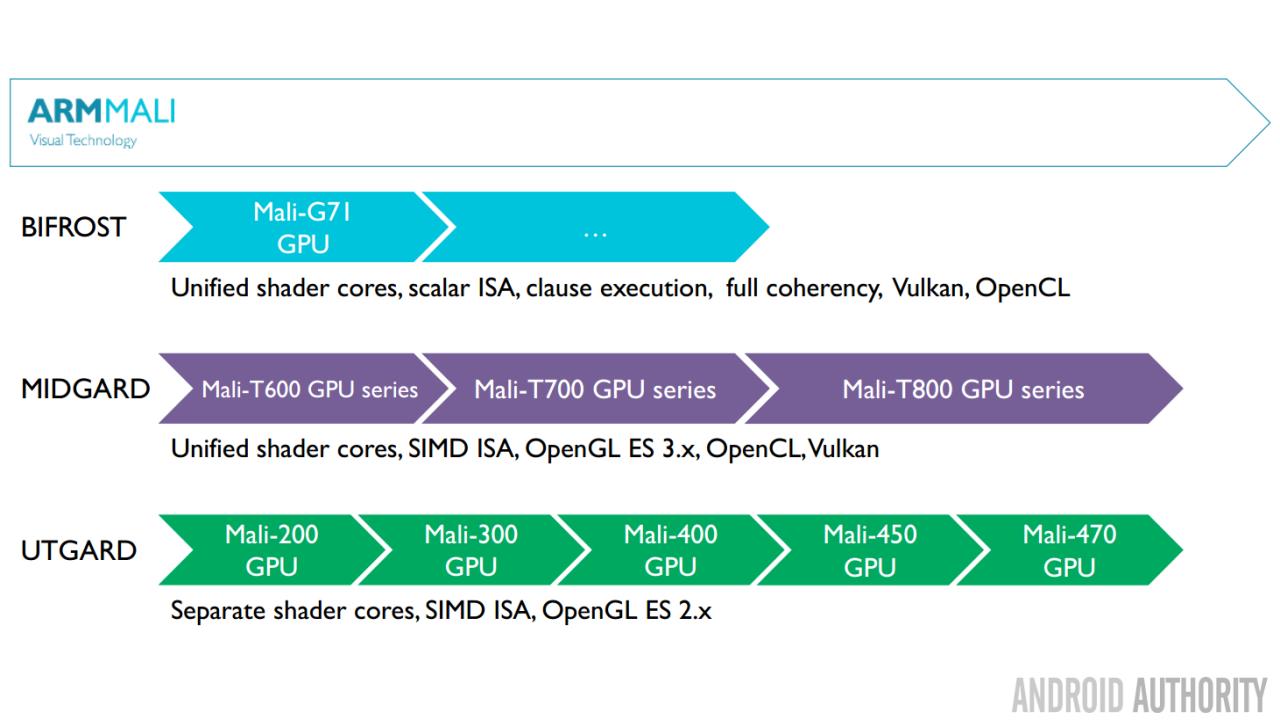
Next came Midgard, which added support for the unified shader model and OpenGL ES 3.0. Midgard GPUs include the Mali-T604 found in the Nexus 10, the Mali-T760 found in the Samsung Galaxy S6, and the Mali-T880, which is found in the Exynos variants of the Samsung Galaxy S7, as well the HUAWEI Mate 8.
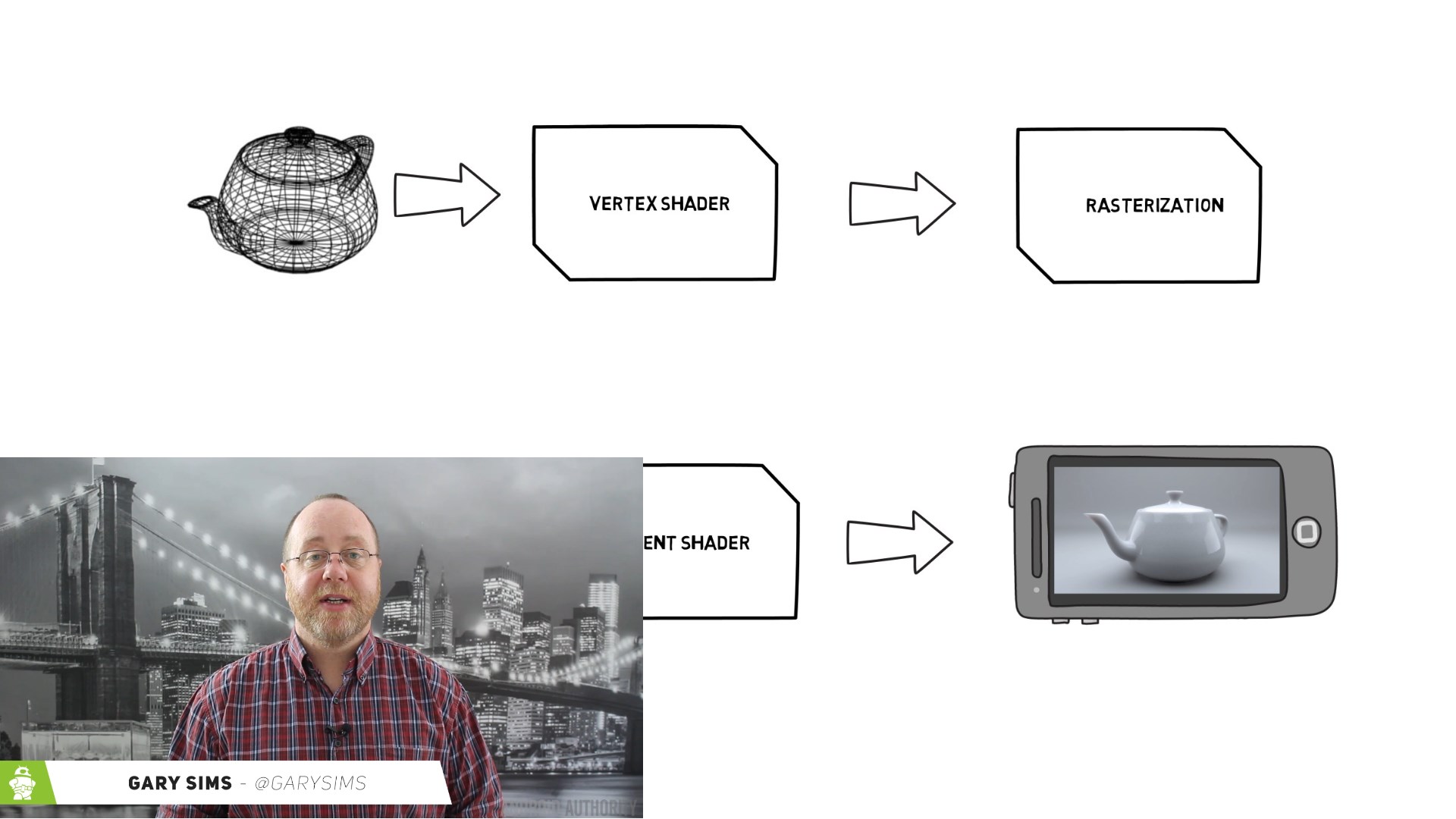
The Bifrost GPU architecture offers support for the Vulkan graphics API and adds full GPU coherency. Full coherency makes the GPU a full partner with the CPU and not just a slave component. This means that the CPU and the GPU can read & write to the same chunks of memory without having to copy the data from the CPU to the GPU and then back again.
While the G71 focussed primary on the highest possible performance within the allowed power budget, the G51 focusses on providing good performance in the smallest area of silicon. A smaller silicon area means the GPU is cheaper to include in a SoC, but since it is based on Bifrost then the GPU gains features like support for Vulkan and full coherency.
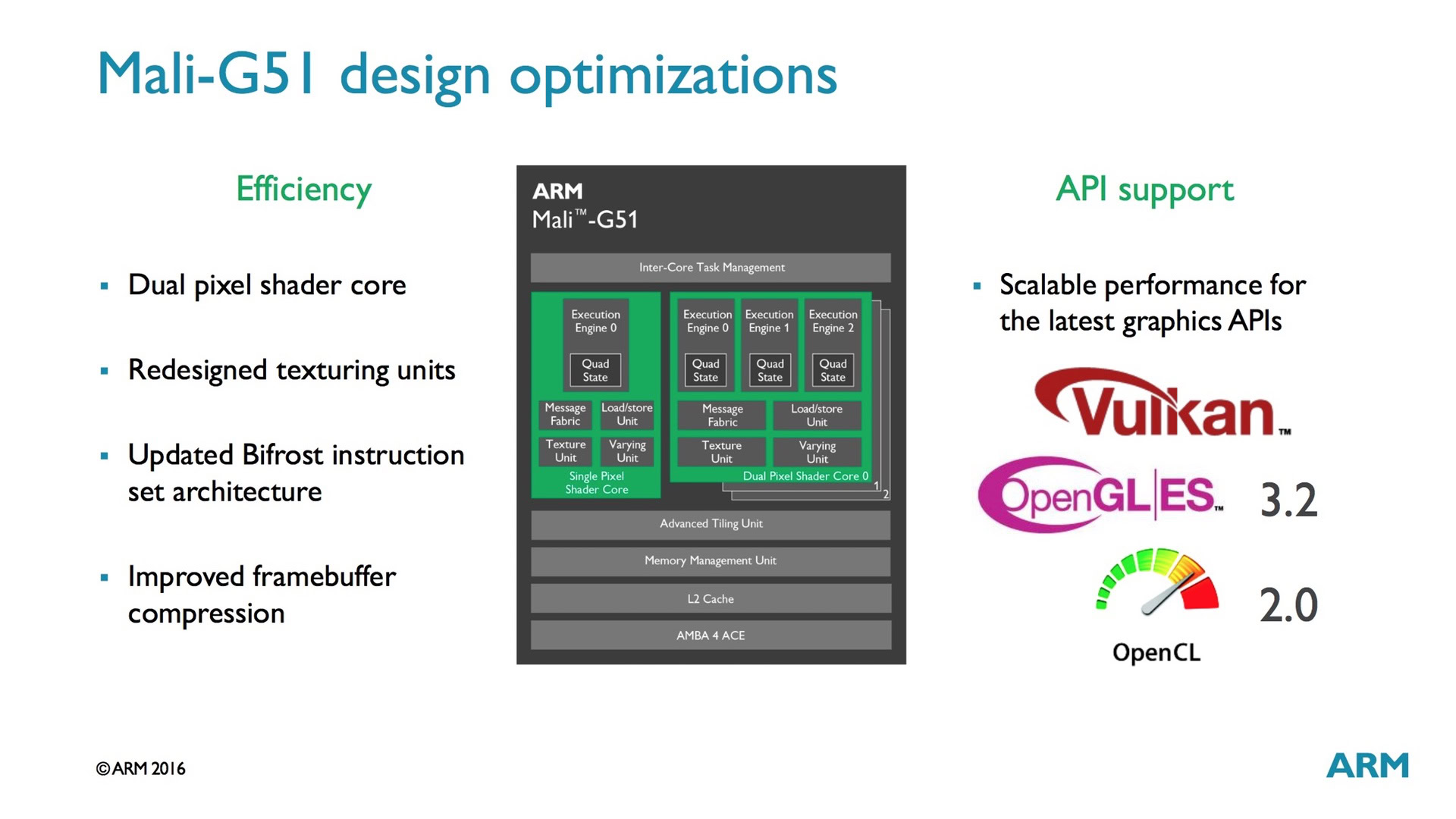
Bifrost GPUs can technically support up to 32 shader cores. However things are a little different with the Mali-G51. Traditionally Mali GPUs always process one pixel per shader core for every clock cycle. But the G51 has, for the first time, changed that. Now the G51 uses dual pixel shaders. That means that each shader can process two pixels simultaneously. The trick here is that a dual pixel shader uses less silicon than two complete separate shaders, but there is a performance hit.
So under this new arrangement a G51 GPU can include up to 3 dual pixel shaders, i.e. it can process 6 pixels per clock. A fully stocked G51 GPU will be known as a Mali-G51MP6, meaning it has 3 dual pixel shaders.
In terms of performance and efficiency, the G51 offers a 60% boost in performance density, i.e. how many transistors you need for the same level of performance compared to the Mali-T830; and a 60% increase in energy efficiency, again compared to the Mali-T830. That means that the Mali-G51 is 30% smaller than the Mali-T830 (on the same processor node and at the same levels of performance) and is now ARM’s smallest Vulkan enabled Mali GPU.
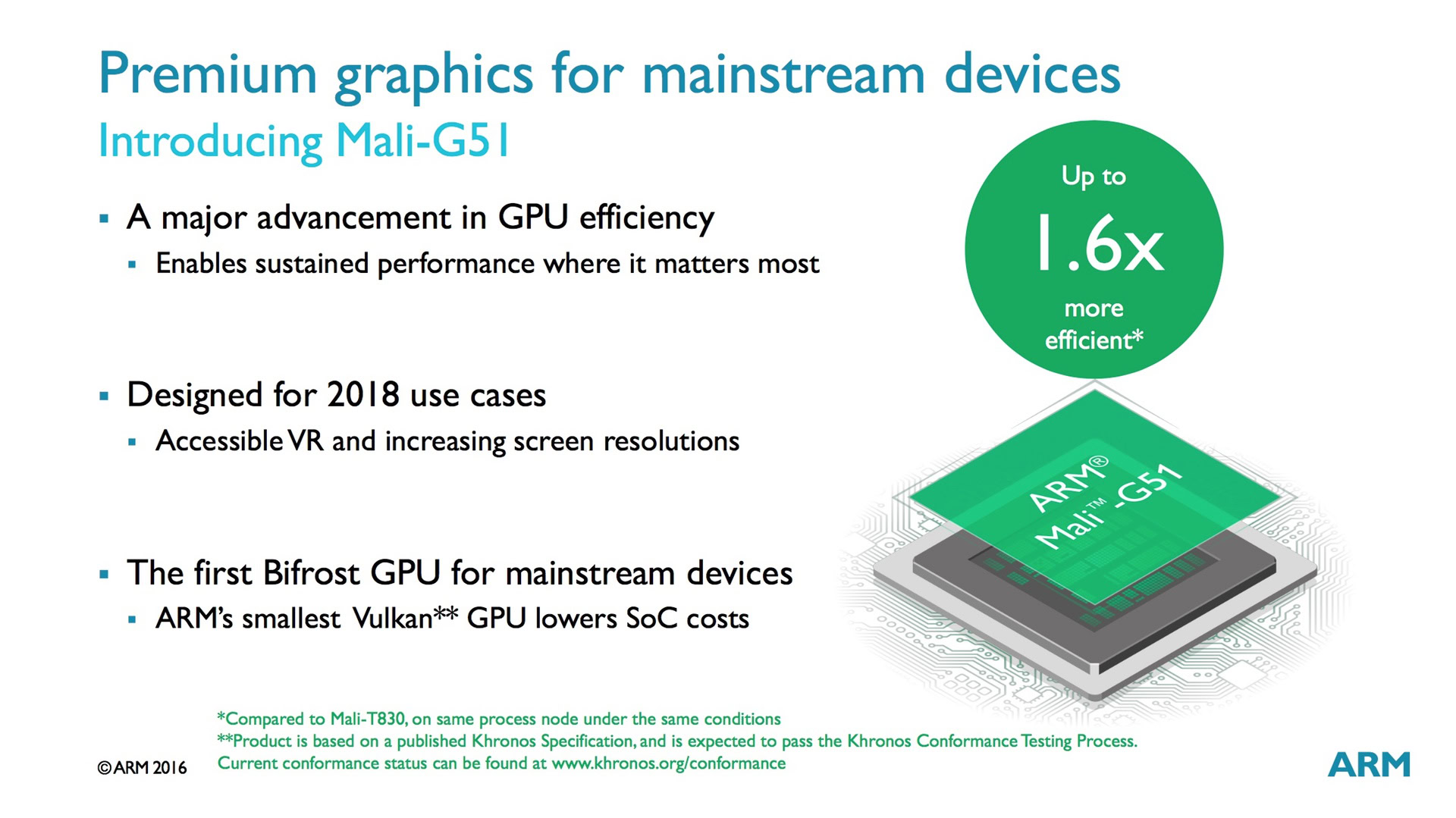
Mali-V61
Along with the new GPU, ARM also announced a new video processor. When people look at SoCs a lot of attention is given to the CPU and the GPU, and quite rightly so, but there is more to a SoC than just those two components. A very important block is also the video processor. From watching YouTube to capturing video from the camera, the video processor takes all the hardwork out of working with video and puts it into dedicated, efficient hardware.
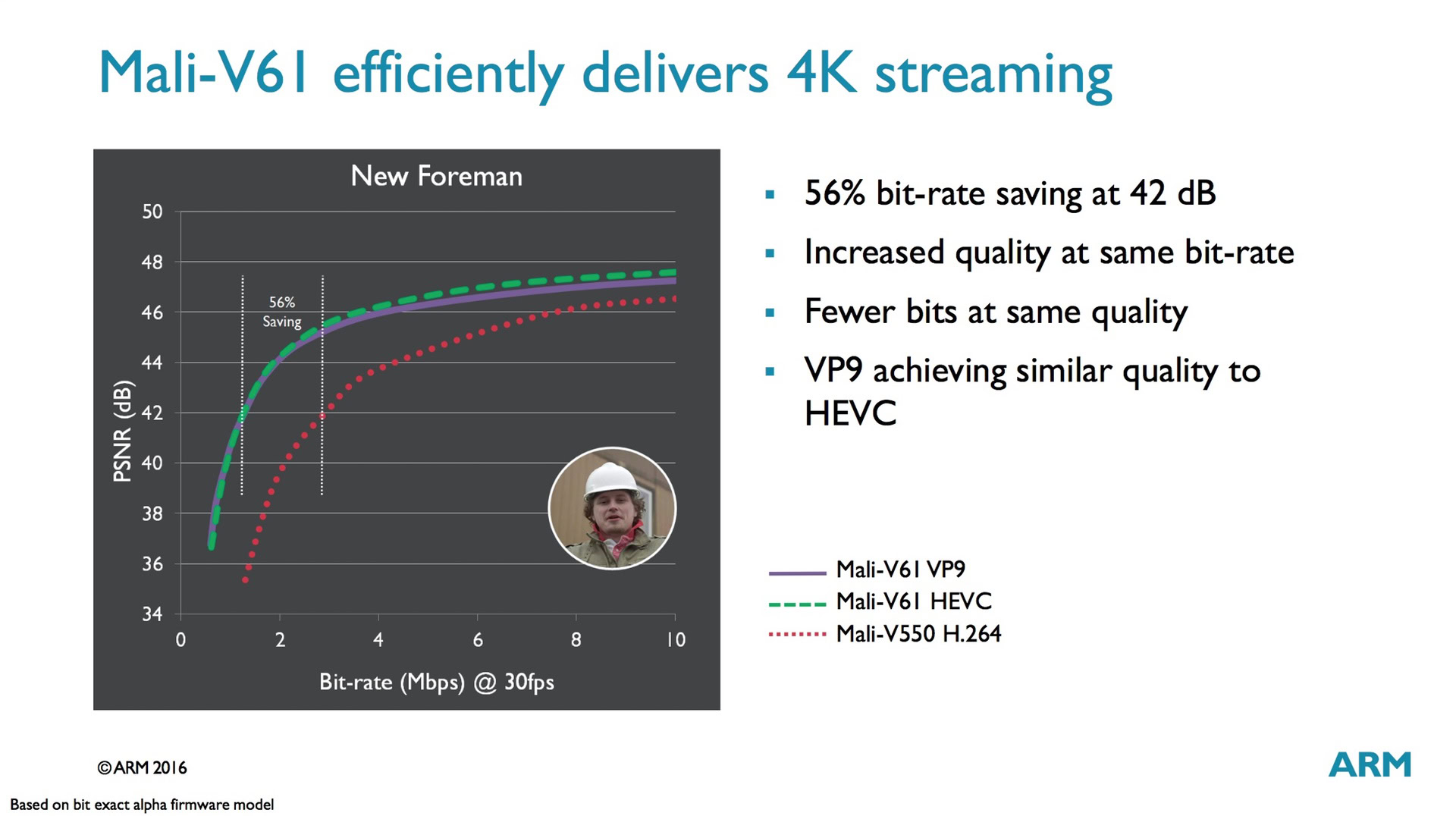
The new video processor is called the Mali-V61, it was previously known under the codename Egil. The key features of the V61, besides improved efficiency and better performance, are the inclusion of a VP9 codec and important improvements to the HEVC (i.e. H.265) encoding which gives an up to 50% bit-rate saving over previous generation codecs. The new HEVC codec therefore reduces costs and the enables 4K streaming.
For more details about the internals of Egil/Mali-V61 then checkout ARM shares some details of upcoming Egil video processor.
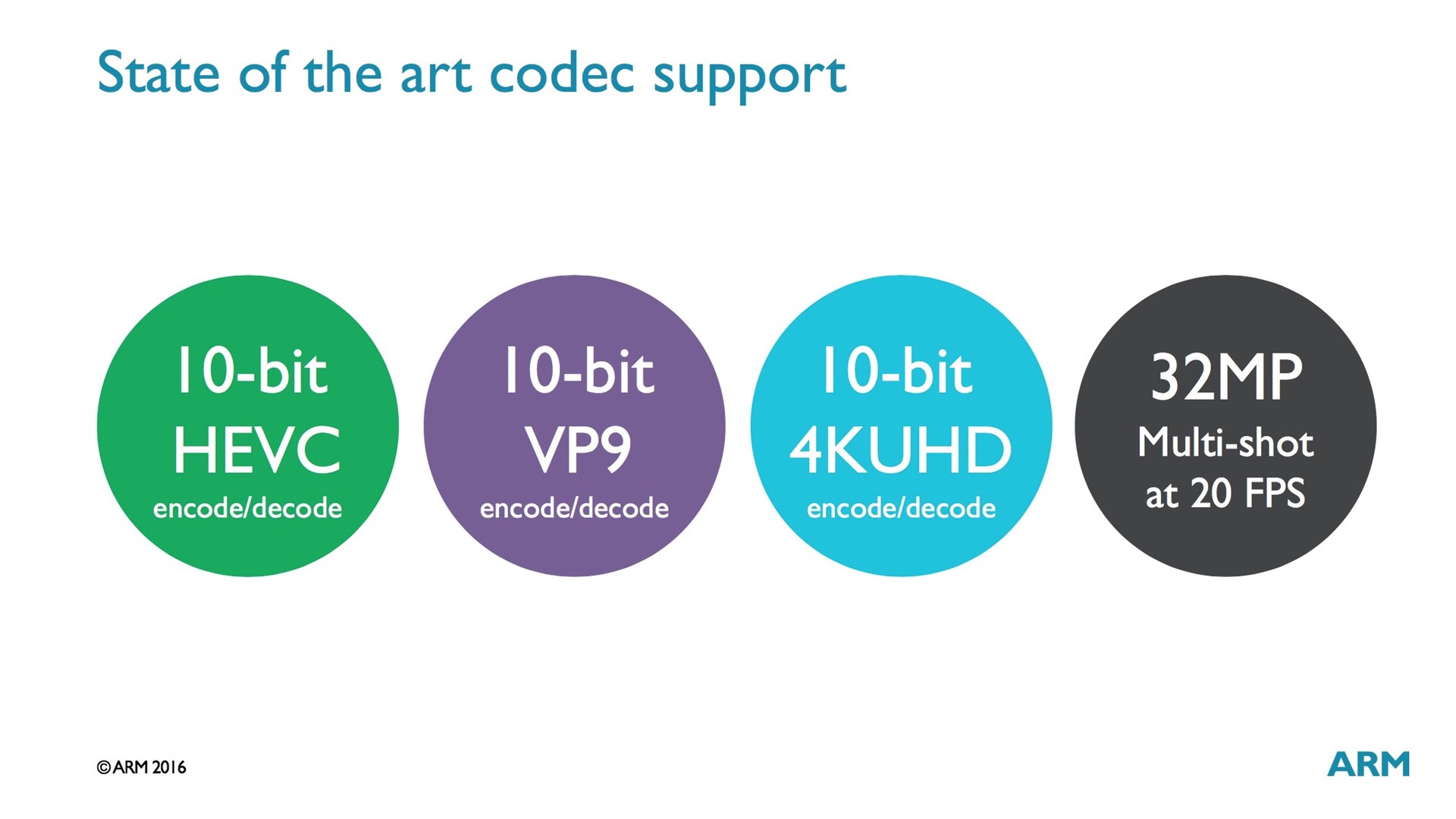
Wrap-up
ARM works closely with its Mali GPU partners so we can expect SoCs to become available with the Mali-G51 during 2017 and we will probably see it in smartphones sometime during 2018.
Are you looking forward to the power of Vulkan in a smaller and more power efficient package? What about 4K streaming of video? Please let me know below.